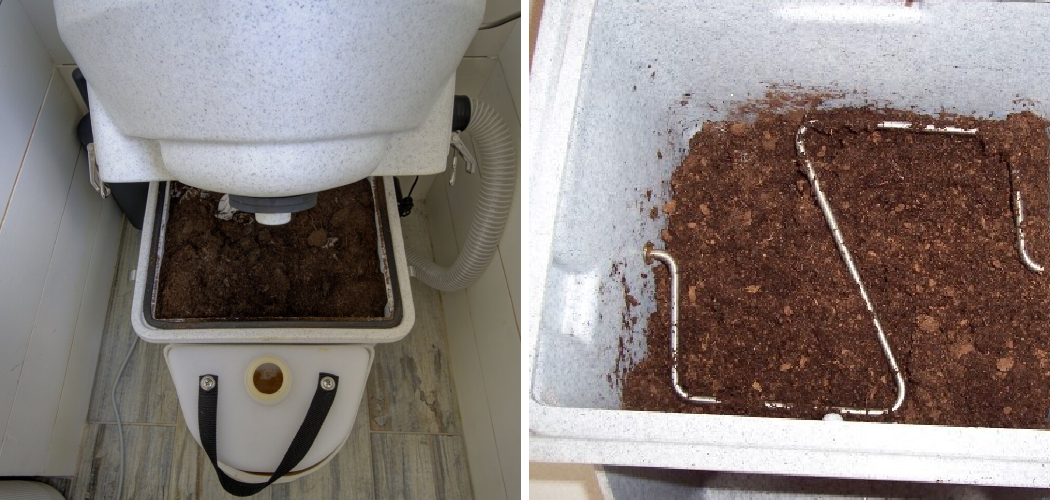Do you have a composting toilet but don’t know how to empty it? Composting toilets offer an alternative to traditional forms of human waste disposal, using the process of aerobic decomposition to safely break down any organic matter so that it can be composted or used as fertilizer.
Learning how to empty a composting toilet is an important skill for anyone considering incorporating this type of technology into their home sewage system.
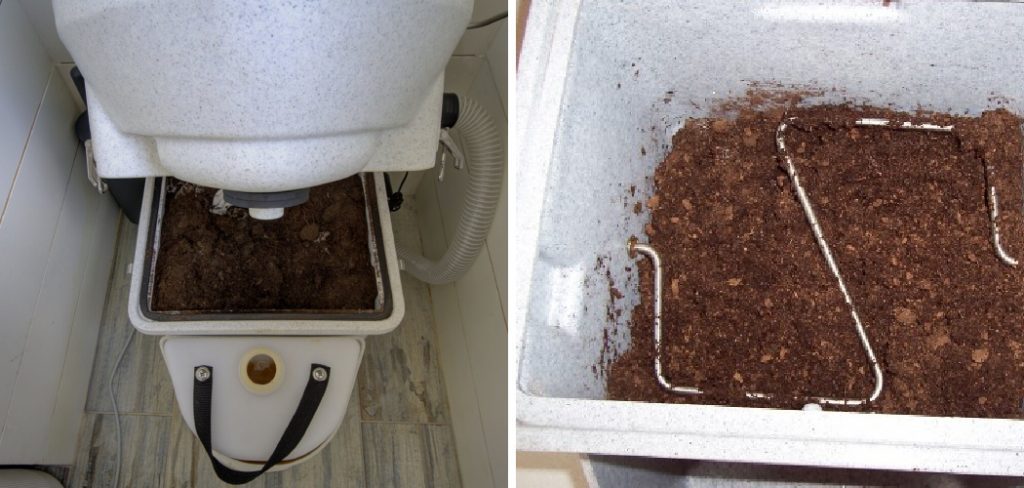
Fortunately, there are some simple steps involved in handling and disposing of the material collected from a composting toilet in a responsible manner. This blog post will walk you through the step-by-step process of properly emptying your composting toilet. We’ll cover everything from preparing for the task, getting rid of the waste material, and cleaning up afterward.
By following this guide on how to empty composting toilet, you can make sure that your composting toilet is emptied correctly and safely every time. Read on to learn all about how to empty your composting toilet!
What is a Composting Toilet?
A composting toilet is a type of human waste disposal system that utilizes the natural process of aerobic decomposition to safely break down any organic material into easily compostable or fertilizable material. Composting toilets require no water for flushing and are generally considered more environmentally friendly than traditional flush toilets.
In addition to providing environmental benefits, composting toilets can also save valuable resources such as water and energy.
Why Do You Need a Composting Toilet?
1. Environment Friendly
Composting toilets are becoming increasingly popular due to their environmentally friendly design and ability to save resources. Composting toilets can be used in areas where a traditional flush toilet is not available or practical, such as remote locations or during power outages.
They are also an ideal choice for those looking to reduce their water consumption and carbon footprint, as composting toilets do not require any additional water for flushing.
2. Reducing Waste
Composting toilets are an effective way of reducing the amount of waste produced by households. Since they break down any organic matter into a safe, compostable material, there is no need to transport and dispose of large amounts of human waste in a landfill.
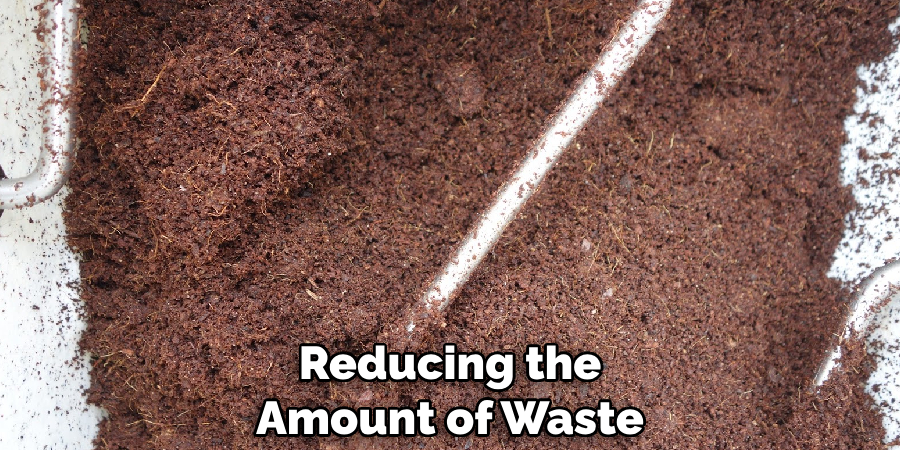
3. Efficient and Easy to Use
Composting toilets are also very efficient and easy to use, which makes them ideal for those who want to quickly dispose of human waste in a safe and responsible manner. Unlike traditional flush toilets, composting toilets require no water or electricity for flushing, making them an attractive option for those looking to save money and resources.
Required items
To empty a composting toilet, you will need the following items:
- A shovel or other digging tool
- Protective gloves and clothing
- Bucket for transporting waste material to disposal area
- Compost bin with cover or tarp (for temporary storage)
- Disposal area for composted material
10 Ways How to Empty Composting Toilet
1. Prepare the Toilet for Emptying
Before anything else, it is important to make sure that all of the necessary safety precautions are in place. Make sure that you are wearing gloves and a respirator or face mask to protect against any dust or airborne particles that may be released during the emptying process.
Also, it is recommended that you use a shovel or other digging tool when handling the waste material from your composting toilet – never use unprotected hands!
2. Remove Waste Material
Once all safety precautions have been taken, it’s time to start removing the waste material from your composting toilet. Using a shovel or other digging tool, carefully scoop out the material from the toilet and place it into a bucket for transport to a disposal area.
3. Transport Waste Material
Once all of the waste material has been removed from the composting toilet, it’s time to transport it to an appropriate disposal area. If you have an outdoor compost bin with a cover or tarp, this is the ideal place to store the material temporarily while it decomposes. Be sure to use gloves and other protective clothing during transport to prevent any contact with the waste material.
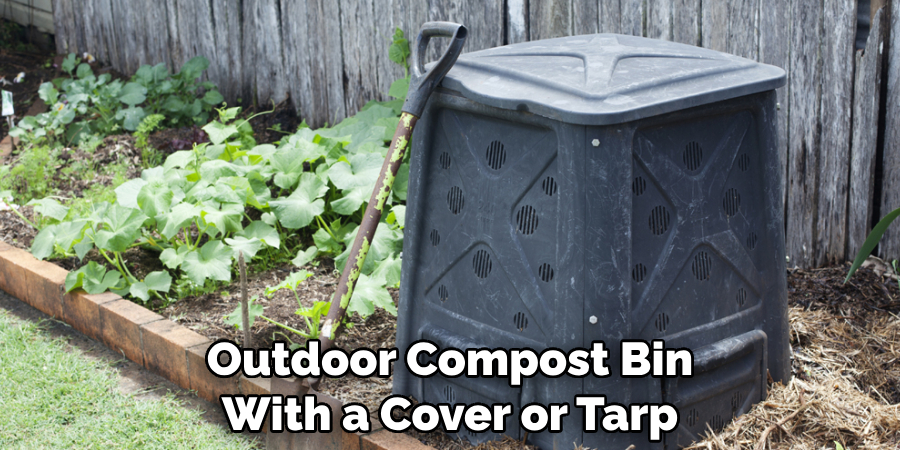
4. Separate Waste Material
If your composting toilet collects both liquid and solid waste material, it is important to separate the two before disposing of them. The liquid waste should be poured into a drain or septic tank in order to ensure that it is properly handled and disposed of.
5. Clean Toilet Basin
Once all of the waste material has been removed from the composting toilet, it’s time to clean the basin. Remove any remaining material and discard it in a safe and responsible manner, then give the interior of the toilet basin a thorough scrubbing with hot water and an appropriate cleaning solution.
6. Check Air Vents
Make sure that all air vents are clear from any debris or clogs before replacing the cover on the composting toilet. This will ensure proper air circulation during the decomposition process and prevent any potential odors from forming.
7. Cover Compost Bin
If you are using an outdoor compost bin, be sure to cover it securely with a tarp or other material in order to keep out pests and animals. If a covered compost bin is not available, you can also use a large plastic trash can with a lid.
8. Monitor and Stir Compost
It is important to monitor the composting process in order to ensure that it is breaking down properly. Once every few weeks or so, stir the compost material in order to help speed up the decomposition process and prevent any odors from forming.
9. Store Waste Material Properly
Once the composting process is complete, it is important to store the waste material in a safe and responsible manner. If you are using an outdoor compost bin, be sure to keep it covered with a tarp or other material in order to keep out pests and animals.
10. Dispose of Waste Material
Once the composting process is complete, the waste material can be disposed of in an appropriate manner. If you have a compost bin on your property, it can be used to fertilize your garden or other outdoor areas. You may also opt for a professional disposal service in order to ensure that the waste is properly handled and disposed of.
By following these steps, you will be able to easily empty your composting toilet in a safe and responsible manner. This will help ensure that the environment is protected and that your composting toilet continues to provide the benefits it was designed to offer.
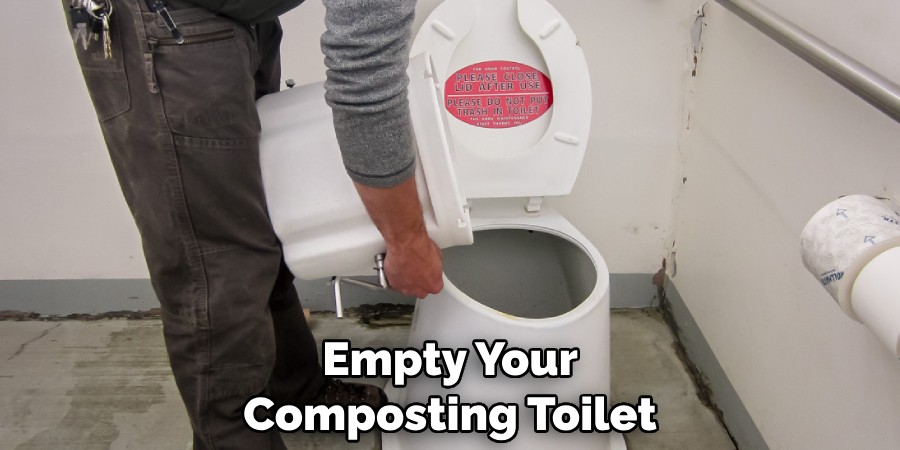
8 Maintenance Tips
1. Empty the composting toilet regularly. Depending on the size of your family and how often it is used, you should strive to empty the composting toilet at least once or twice a year. This will help prevent the build-up of odors and other unwanted pests.
2. Make sure that your compost pile is located far away from your home and any other buildings. This will prevent the odors and flies from becoming an issue close to your living space. Otherwise, your family and neighbors may complain about the smell.
3. Don’t add too much water to the composting toilet as this can lead to anaerobic conditions, which will slow down decomposition. When adding waste, make sure that it is mixed with a carbon material such as sawdust or shredded paper for faster decomposition.
4. Monitor the temperature of your compost pile. A too-hot compost pile will kill beneficial bacteria and reduce the decomposition rate, while a too-cold one can lead to bad odors and flies.
5. Use a tarp or other cover to keep out rainwater when you are away from home for extended periods of time. This will help keep the compost pile moist and reduce odors. It will also keep out unwanted pests.
6. Turn the compost pile regularly – at least once a month – to ensure that it is aerated and well-mixed. This will help speed up decomposition and reduce bad odors from accumulating. Remember to wear a mask, gloves, and long sleeves, as compost can contain bacteria and other pathogens.
7. Make sure to use a composting toilet that has been approved by the local health department. This will help ensure that your compost pile is safe to use for gardening or other purposes without posing a health risk.
8. If you are dealing with an excessive number of flies or other pests, you can use a fly trap to help reduce the problem. You can also use a compost accelerator to speed up decomposition and reduce odors from accumulating.
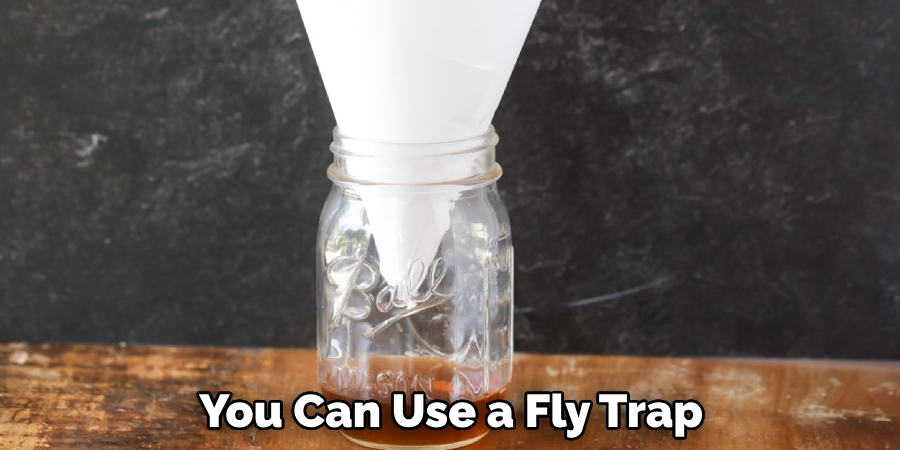
Following these tips will help keep your composting toilet functioning properly while reducing any unpleasant odors and pest issues. With a bit of regular maintenance and care, you can ensure that your composting toilet is a safe and effective way to create nutrient-rich compost for your garden.
Conclusion
In conclusion, all of the steps on how to empty composting toilet mentioned above can help you remove ghosting on the ceiling and get a smooth wall that looks good as new. Combining elbow grease and the right tools is key to achieving success with this task, but it’s also quite manageable when taken one step at a time.
With patience, a steady hand, and some serious attention to detail, you will soon find yourself with sparkling new walls and ceilings that dazzle. Of course, if the ghosting doesn’t completely come off after following these steps, consulting a specialist or having professional help finish up what was started might be the best option.
Either way, getting rid of ghosting on your ceiling may sound daunting but taking it step-by-step leads to beautiful results that are worth the effort.

